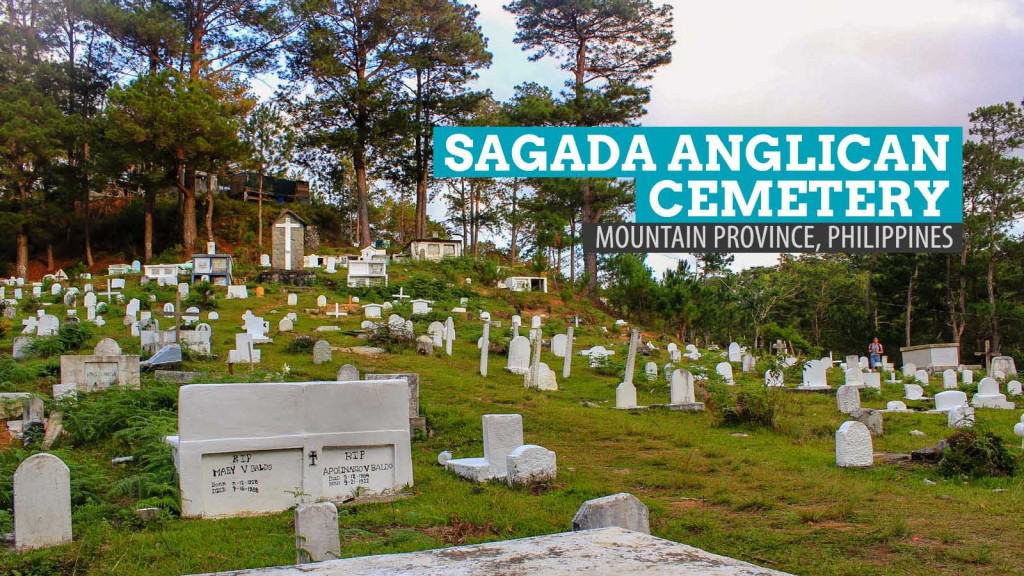“Hey, look at this!” There she was, my friend Tonet, standing motionless before a gravestone; her eyes glued to the engraving. “It’s weird.”
“What is?” I walked towards her.
“Look.” Her finger led my eyes to two words in particular. Last seen.
Usually, a gravestone has two lines written below the name of the departed — the date the person was born and the date the person passed away. But instead of the typical Died, there was Last Seen taking its place. A few moments later, I found myself frozen next to her, both of us not moving as we stared at the gravestone while our brains bled a gazillion thoughts.
“That’s weird.”
“She didn’t die?” she wondered.
“I think she went missing and they didn’t find her?” I theorized.
If she really went missing and found her dead, wouldn’t it be easy to determine the approximate date of death? If she went missing and was never found, how come there’s a grave? Does that mean the family gave up their search, assumed she was already dead, and made a gravestone? After all, she was born in 1922 and was last seen in 2000. So there’s no body underneath this gravestone? Or maybe we were overanalyzing things? Maybe it was one of the traditions of the town? But this was the only stone with Last Seen that we found. Everything else had Died marked on it.
Since I learned about the word, my idea of a “cemetery” had always been very simple — a place where dead bodies are buried. But right in front of me was a big block of stone that smashed that definition. Here lies not the body of a person but a memory, buried in dirt, topped with a white stone.
A memory.
Sagada’s town cemetery, part of the Mission Compound, is a relaxing and beautiful place. It was very unconventional for me. The heap of charcoal in front of each gravestone gave a new meaning to the word “chilly”. The cemetery lies on top of a hill, which is unusual. Our Guide explained that the wind becomes a buzzkill most of the time leaving candles with no use. Instead, they set up mini-bonfires before the grave using a kind of wood that burns easily. Fascinating.
It was December when we were there and our Guide described how the locals celebrate All Saints’ Day. The hill is well lit by gentle flames. Pillars of smoke kiss the fog looming overhead. Crowds gather in a place that is usually very quiet in ordinary days. Like all the other cemeteries in the country, this one, too, comes to life on All Saints’ Day.
It was one of those moments when we were just supposed to enjoy the place but there I was overthinking, “overreflecting.” What may look like ordinary tombstones to many became mirrors for both my friend Tonet and I. On the far side of the cemetery was the Veterans’ Tomb, where the bodies of those who served at World War II were buried. It made me wonder whether or not I had done anything in my life that was as significant. I could only imagine what they went through during the war. I could only imagine.
In one corner was another gravestone that caught our attention.
“When I was 12,” Tonet shared, “I had a crush on our church’s sacristan, and I was dreaming to be a sportscaster someday. This girl died when she was 12.”
The Veterans’ Tomb and this little girl’s grave made everything we complain about or worry about or whine so much about so, so trivial. Many times, when we dwell on life’s negativities, we tend to forget that we are still lucky for a having a relatively good life, or simply for being alive.
To most of us, the cemetery is a dead place. Death roams here. Death rules this space. But our brief visit to the beautiful Mission Compound Cemetery made us realize one thing — the opposite of life isn’t death. The opposite of life is the inability to leave a mark, to touch another life.
The cemetery is home to not just dead bodies six feet under but to memories. It is not death that makes people flock to graveyards. It is not death that makes us light candles — or bonfires — and keep their flames burning. It is these memories that make us do all that. And for as long as there are memories worth reliving and people reliving them, life — and its endless cycle of gaining, losing, searching, and moving on — never ceases. Yes, even in places where death lives.
Flames and Mirrors at the Mission Compound Cemetery – Sagada is my very first entry to Pinoy Travel Bloggers’ Blog Carnival. This October’s Blog Carnival has the theme ‘Dark Tourism: Philippines in Focus’ and is hosted by Gael Hilotin of The Pinay Solo Backpacker.
Top Inns and Guesthouses in Sagada
Based on Agoda customer reviews.
Isabelo’s Inn and Cafe. Check Rates & Availability! ✅
Kanip Aw Pines View Lodge. Check Rates & Availability! ✅
Kenlibed Inn. Check Rates & Availability! ✅
Sagada Heritage Village. Check Rates & Availability! ✅
Treasure Rock Inn. Check Rates & Availability! ✅
Written on: 2011 • 10 • 16
